Searching Behind “No!”
By Bethany Shieh, SPT
Congratulations to Northwestern University Doctor of Physical Therapy Program graduate student Bethany Shieh, SPT, the winner of the annual physical therapy student essay contest co-sponsored by the ACAPT Consortium for the Humanities, Ethics, and Professionalism (CHEP) and the Journal of Humanities in Rehabilitation. This writing competition is designed to encourage deep thinking by students about the role and value of humanities, ethics, and professionalism in academic training and professional life. The third in an annual series, the CHEP-JHR essay contest offers a creative opportunity to ignite critical reflection in PT students across the nation, to support holistic approaches to patient care. This year’s essay prompt was, “As healthcare professionals, working closely with patients, families, and colleagues offers opportunities for meaningful connection. However, challenges may arise when we encounter perspectives, values, priorities, and communication styles different from our own. Describe a time when you were challenged in such a way, and how you responded.” In her essay, “Searching Behind ‘No!'”, Ms. Shieh illustrates how we can create space to understand the pain, suffering, and frustration that accompany and influence patient care, if we are willing to enter and dwell in our patient’s life experience.
“No!” he repeated over and over again.
My patient, Mr. X as I will call him, was being treated at the clinic for osteoarthritis. When I explained who I was and my purpose, he stared squarely at me with the corners of his mouth turned down in a defiant frown. He put his hands on his hips, looking downward disapprovingly. I quickly bolted up from my squat, arms still in front of me as I regained my balance. My eyes grew wide and my brain churned at the speed of light, trying to scan my memory for any other exercises I could try with him.
“How about this…?” I said while performing a static lunge.
“No.” He said firmly, cutting me off mid-motion.
“How about just a little knee bend?” I negotiated.
“No. I am NOT doing that.”
It was the second week of my first clinical experience. My clinical instructor had given me free reign over planning and guiding one of her patients through a session of physical therapy. On paper he had no co-morbidities or other health concerns, so he seemed like an easy case. I took time that morning to plan out his treatment, developing a detailed, step-by-step plan. All of that came crashing down with each resounding “No!” as he rejected every idea that I proposed. I felt my session plan quickly unravel and disintegrate like tissue in water. My eyes darted to my mentor in a silent plea for help. I began to wonder if it was possible for me to continue working with this patient.
Reflection
The next few sessions working with this patient were frustrating, as he continued to refuse and resist treatment. He continued to cut me off, dismiss suggestions, and ignore my explanations, leaving me defeated and upset.
Lying in bed one night I reflected about my experiences with Mr. X and his unwillingness to participate in physical therapy. I suddenly remembered my own experience with being hospitalized a few years ago, due to a ruptured appendix. I was frustrated at not being able to get out of bed without help, upset at how much pain I was in, and fearful of moving at all.
That’s when I realized that Mr. X did not trust me as a clinician because, I surmised, I didn’t take the time to understand him and to communicate with him. There was no way he was going to trust me with his pain, because I wasn’t fully listening to his needs and his fears. My lack of communication was keeping me from doing what made me want to become a physical therapist in the first place: to be an empathetic and compassionate healthcare provider. I woke up the next morning with a renewed sense of passion and motivation.
Collaboration
That next day, I began to apply my new perspective to our sessions. I started to include Mr. X in my thought process and asked him about his goals, aspirations, and fears. I discovered his love of gardening and we bonded over my love for house plants. I gained more confidence and ease when working with him. He started to try some of the interventions I came up with, and every session became a little celebration of collaborative success.
Together we developed an exercise program that I deemed effective and patient-centered. To further gain his confidence, I assured him that we could modify certain exercises that produced discomfort. His pain levels started to decrease, and he became more open to trying exercises once I explained how they would help him get back to gardening and tending to his plants.
True Communication
This encounter taught me to take time to understand the pain, suffering, and frustration that accompanies and influences patient care, if we are willing to enter and dwell in our patient’s world for a few moments. In physical therapy school, we practice taking objective measurements and prescribing exercises. We even practice having conversations on assertiveness and diffusing conflict. However, none of that compares to interacting with real patients who are multi-factorial and whole human beings with complex situations. With every “no” from the patient, there is an amalgamation of emotions and thoughts contributing to reluctance.
I learned from this patient encounter, one of the first in my career, that above all, physical therapy is a collaborative process that, to address pain and fear, takes patience and compassion through effective communication.


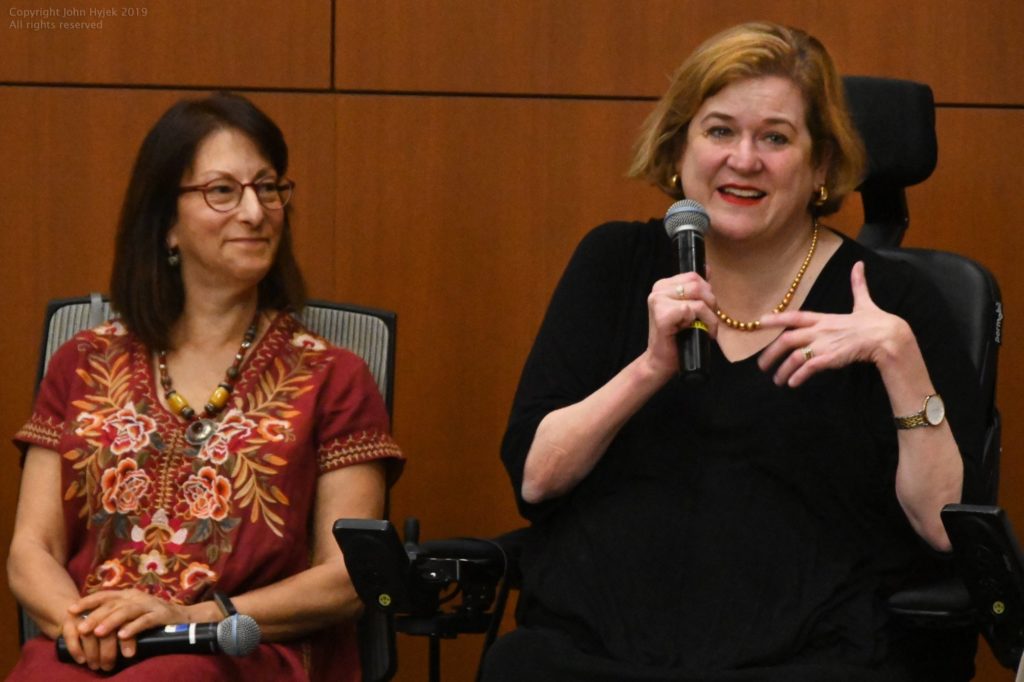
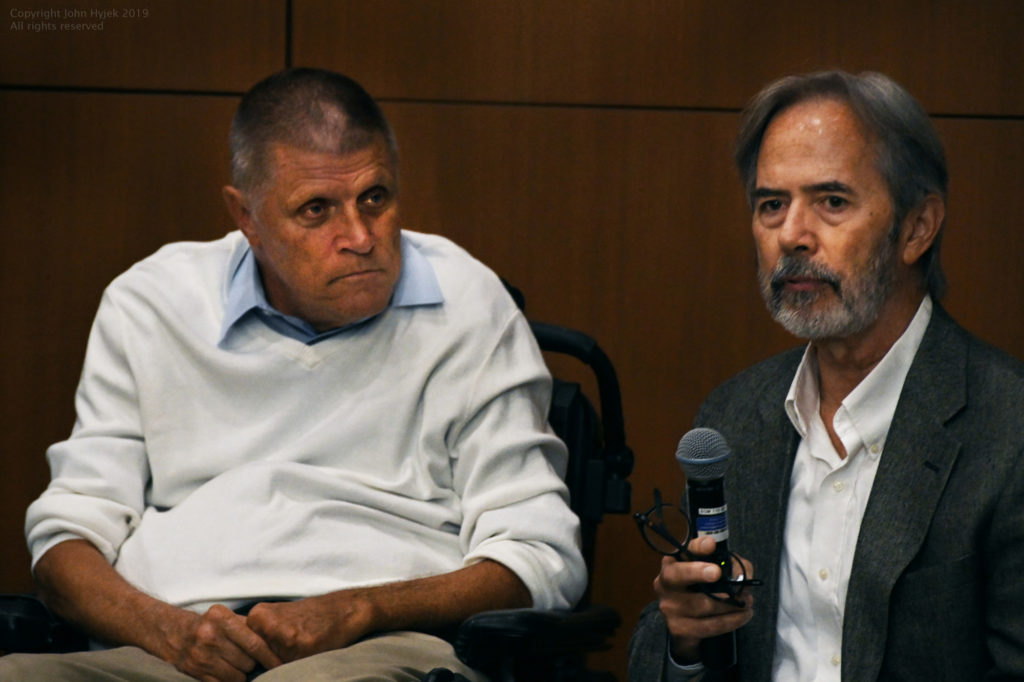
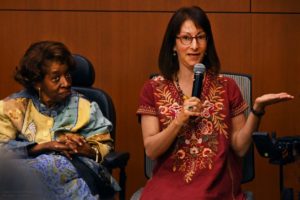
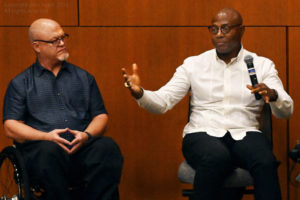


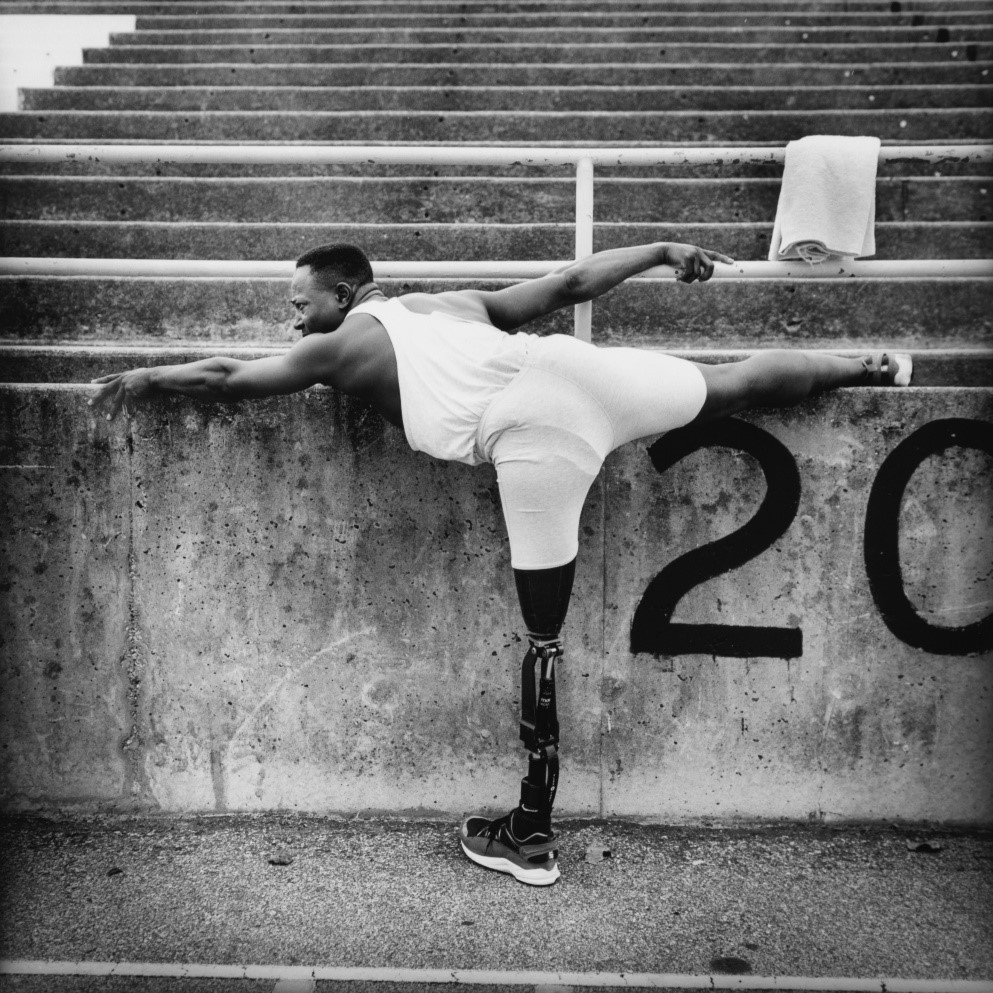


 Member since 2019 | JM14274
Member since 2019 | JM14274


NO COMMENT